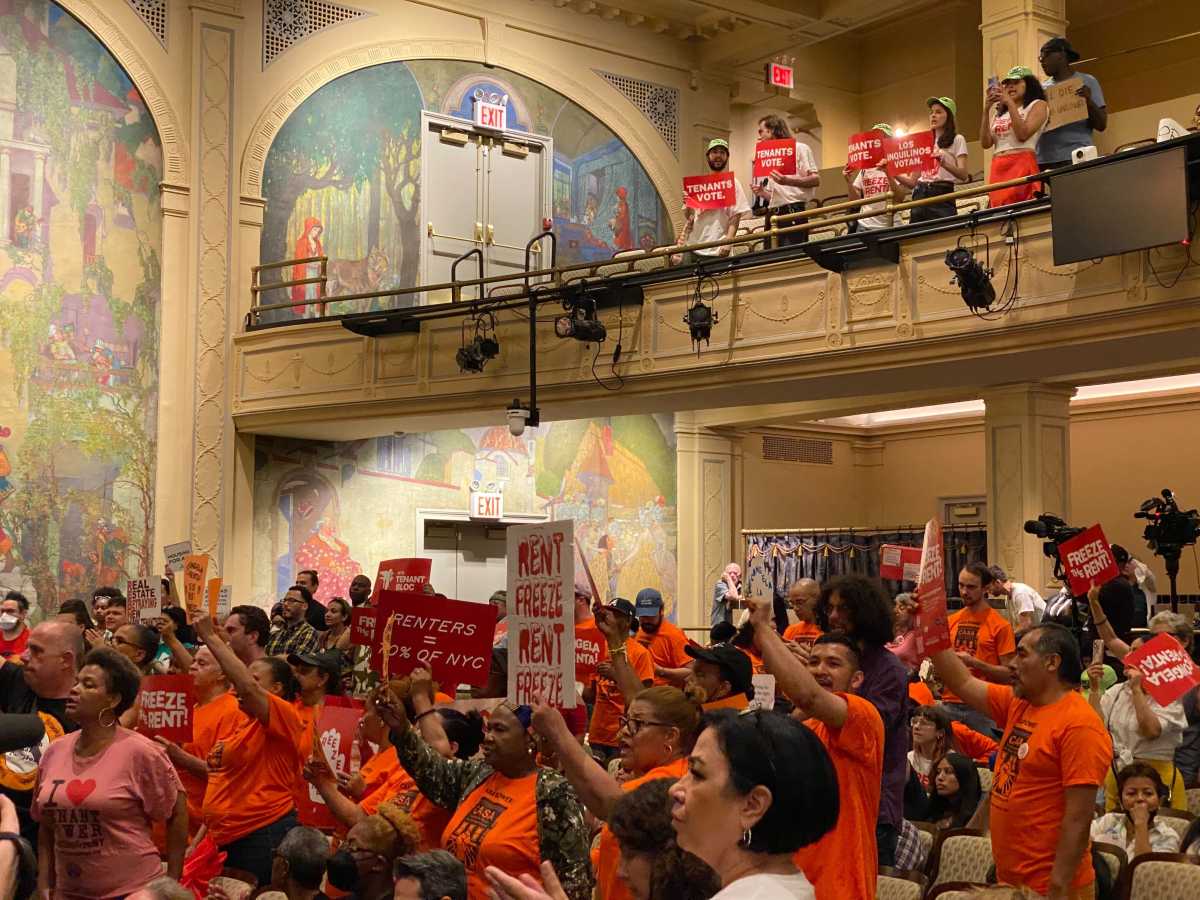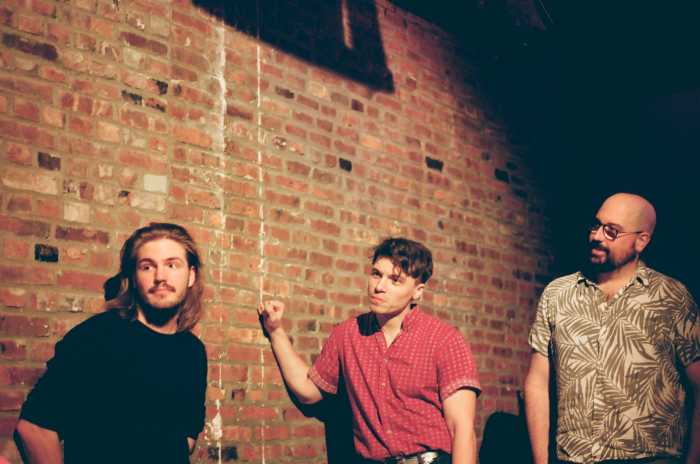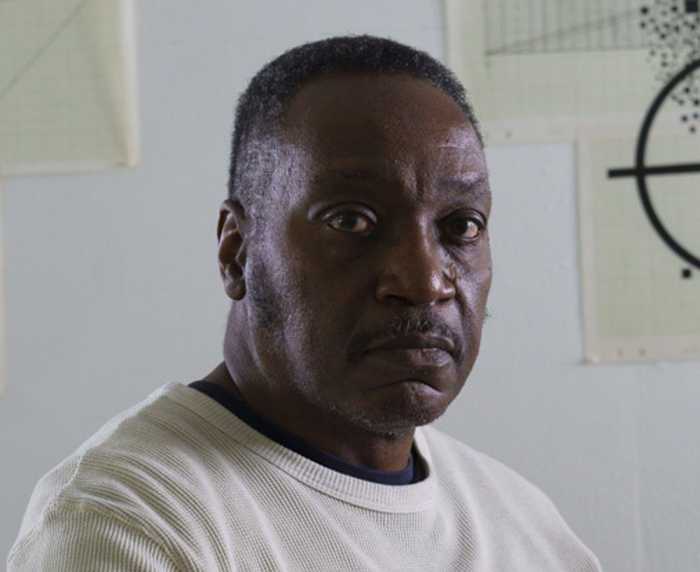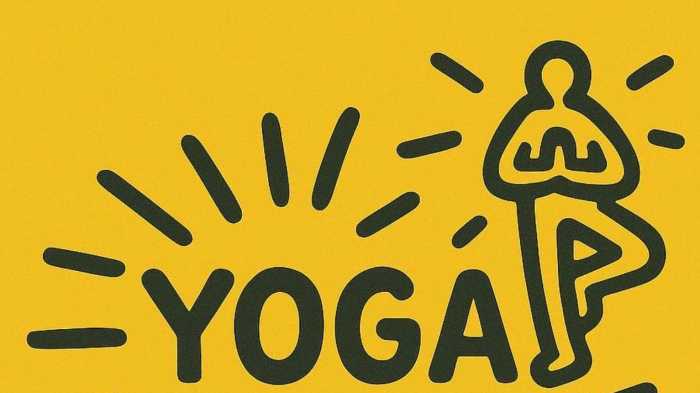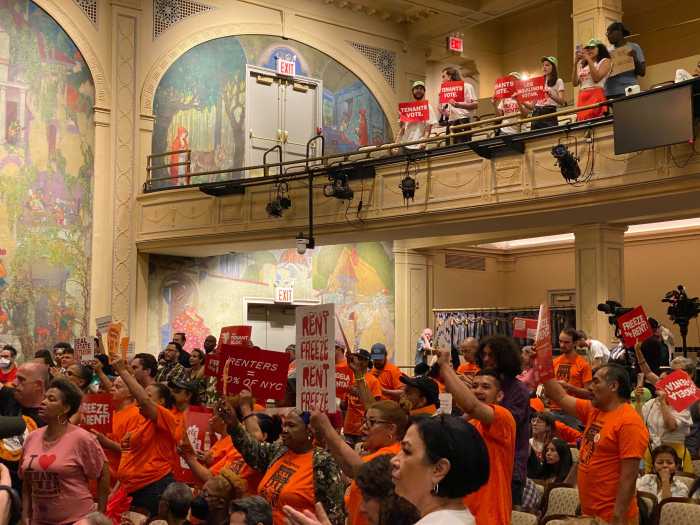Donald Gianchetta looks out from his Atlantic Avenue antique shop — which cost him more than $70,000 to restore after a cab went flying through the front window last year — and watches an endless stream of cars speeding past.
“This strip is just a highway,” he says.
Like most residents on both sides of the busy, but low-rise, commercial spine of Boerum Hill and Downtown, Gianchetta knows plenty of people who have been hit on what some locals call “the avenue of death.”
“Three of my workers have been hit just trying to cross the street here,” he said. “It’s out of control, this area. Something absolutely must be done. Just the other week a dear friend of mine died because of this madness.”
The friend, 75-year-old Al Hernandez, was killed on Oct. 4. Five days later, 37-year-old Arthur Simpson was killed as he crossed Atlantic at Nevins Street when he was hit by one car, dragged 300 feet, and then hit by another.
Those accidents bring the death toll to three since Jan. 2005. In that same period, there have been 123 car crashes along the two-mile stretch between Flatbush Avenue and Hicks Street.
Neighborhood groups, local residents, and shopkeepers hope the deaths will attract attention to the avenue’s serious problem.
“The situation now is unacceptable and people are very worried about it,” said Sandy Balboza of the Atlantic Avenue Betterment Association, which rallied at the corner of Bond Street and Atlantic Avenue on Wednesday.
Demonstrators bearing signs reading, “Atlantic Avenue — a destination, not a highway,” called for more sidewalk space, more distinctive crosswalk markings, and street cameras to catch and ticket speeders.
Protesters marched back and forth across the busy street — crossing at the green, of course, lest they become victims themselves.
“Pedestrians just aren’t considered [and] it’s not safe for car drivers either,” Balboza said. “We’re lucky more people haven’t been killed.”
Balboza’s group claims the timing of traffic lights encourages cars to speed in order to make consecutive greens.
And Barbara Clurman, another local activist and business owner, added that “no-parking” from 4-7 pm rules “create a fast lane that speeding cars use to pass slower traffic.”
She said she gets calls all night long from her security company because her store’s alarm system gets set off by the vibrations from speeding cars.
This week, the Department of Transportation denied the residents’ claim that it “treats the avenue like a highway.”
“We are improving potentially dangerous areas of Atlantic Avenue, and we’re always looking into ways to make things safer,” said DOT spokesperson Craig Chin.
“For example, we constructed a neck-down on Bond Street, which narrows the roadway, and on Third Avenue we [changed light timing] to help pedestrians get a head start on the crosswalk.”
Many of the new improvements are a result of suggestions from the Downtown Brooklyn Traffic Calming Project, a collaborative effort from local officials and community groups to manage chaotic driving areas.
The changes do seem to be helping — but only a bit. Despite the recent fatalities, there have been 47 accidents so far this year, as opposed to 76 for all of last year.
Gianchetta couldn’t be at Wednesday’s rally — he had a store to run, after all — but was there in spirit.
“I wouldn’t risk my life crossing this street for a cup of coffee,” he said. He’s hoping potential customers don’t feel the same way.


